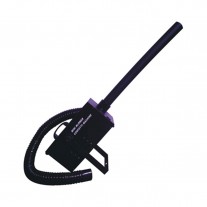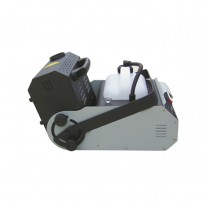Login Form
Registration
Profile Informations
Login Datas
or login
Details
Description
Glass wool belongs to a category of the glass fiber , it is a kind of synthetic fiber. Using quartz sand, limestone, dolomite and other natural ore as the main raw material, with some soda ash, borax, and other chemical raw materials fused glass. In the melting state, with the aid of the external force blow system left into flocculent fine fiber ,between fiber and fiber for stereoscopic cross each other, inter twined, presents many small gap. This gap can be as pore.
Therefore, glass wool can be regarded as porous materials, has a good performance of sound insulation and absorption.
Glass wool board internal fiber fleeciness crisscross, there are many tiny pore, it is a typical porous sound absorbing material, has the good sound absorption characteristics. Glass wool can be made into wall, ceiling, spatial sound absorbent, etc., and it also can absorb a large amount of acoustic energy in room, reduce the reverberation time and indoor noise.
Glass wool characteristics
The sound absorption characteristics of glass wool are not only related to the thickness and density, also related to overlay materials, structures and other factors. Building applications needed taking into account the cost, aesthetics, fire, moisture, dust, anti-aging, and many other issues. Glass wool belongs to a porous sound-absorbing material, and having good acoustic properties. Glass wool sound absorption is not due to a rough surface, but because of the tiny pores and pores having a large inner and outer communicating.
1. As the thickness increases, the absorption coefficient of the medium and low frequency significantly increased, but little change in frequency (high frequency absorption is always larger).
2. The same thickness, bulk density increased, also increased in the low-frequency sound absorption coefficient; However, when the bulk density increased to a certain extent, the material becomes dense flow resistance than the optimum flow resistance, sound absorption coefficient declines. Glass wool sound absorption performance also has a close relationship with the installation conditions. When glass wool behind a layer of air, no air layer with the same thickness of glass wool board is similar to the absorption effect. Especially in the low-frequency sound absorption performance real than the material attached to the hard-ground surface have improved sound absorption coefficient increases with the thickness of the air layer, but increases to a certain value, the effect is not obvious. Stack use different bulk density glass wool and with the formation of the bulk density gradually increases in the form of greater sound absorption effect.

Additional Information
| Manufacturer | GDHD |
|---|---|
| Color | Black |
You may also be interested in the following product(s)
-
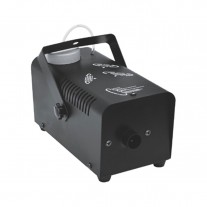
DF-01 400W LED Fog Machine
$49.99 -
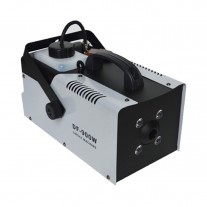
DF-02A 900W LED Fog Machine
$89.99 -
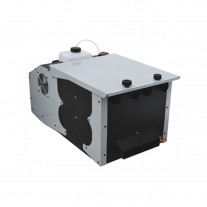
DF-05 1500W Ground Fog Machine
$269.99 -
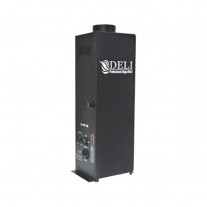
DF-15 Small Flame Machine
$99.99 -
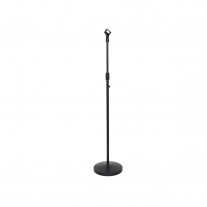
BY-222 Microphone Stand
$29.99

